Abstract
Constructed by using multiple computer-fragmented WAV files retrieved from disposed digital audio data. 68 modular circuits and three ports each equipped with electronic grids, were developed. The action outcomes of each circuit are controlled by command processing, 24 partitions of an evolving rotating cube with 576 cellular blocks. Attached to each cell are wavelets, one to four plugins and a similar number of effects or a combination of both. The automaton tends to evolve from an initial random distribution of a selection of circuits, WAV files, effects and plugins to a deterministic selection of numbers used in further fragmentation processes of circuit-processed WAV files allowing accessibility in the distribution state so that wavelets can reach their destination. Circuits are part of the neural network of commands, offering machine learning capabilities. The development draws on transition adapted for modelling purposes in areas from physical and biochemical sciences.
Research ID
Citation Generator
Cite This Research Manuscript
Figures
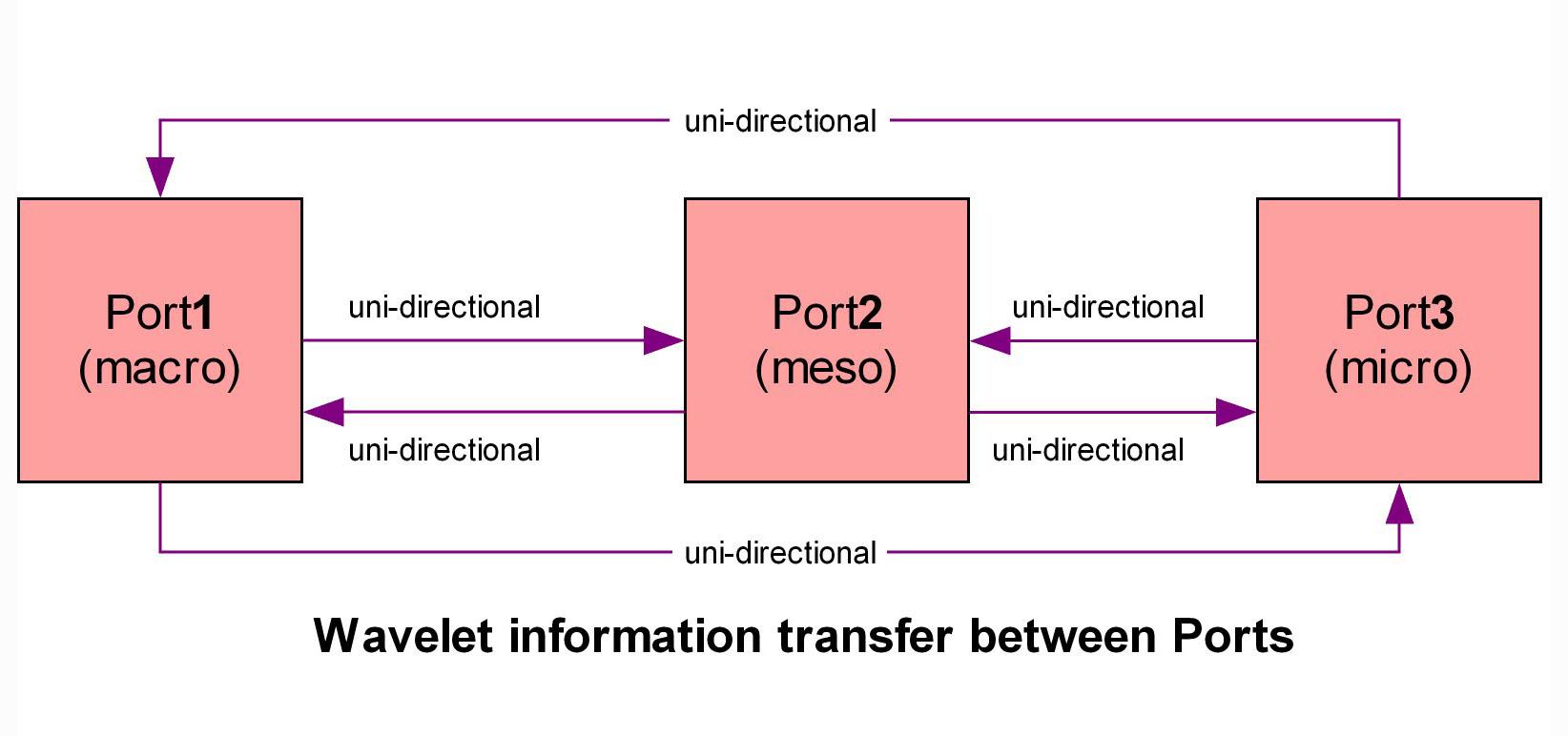
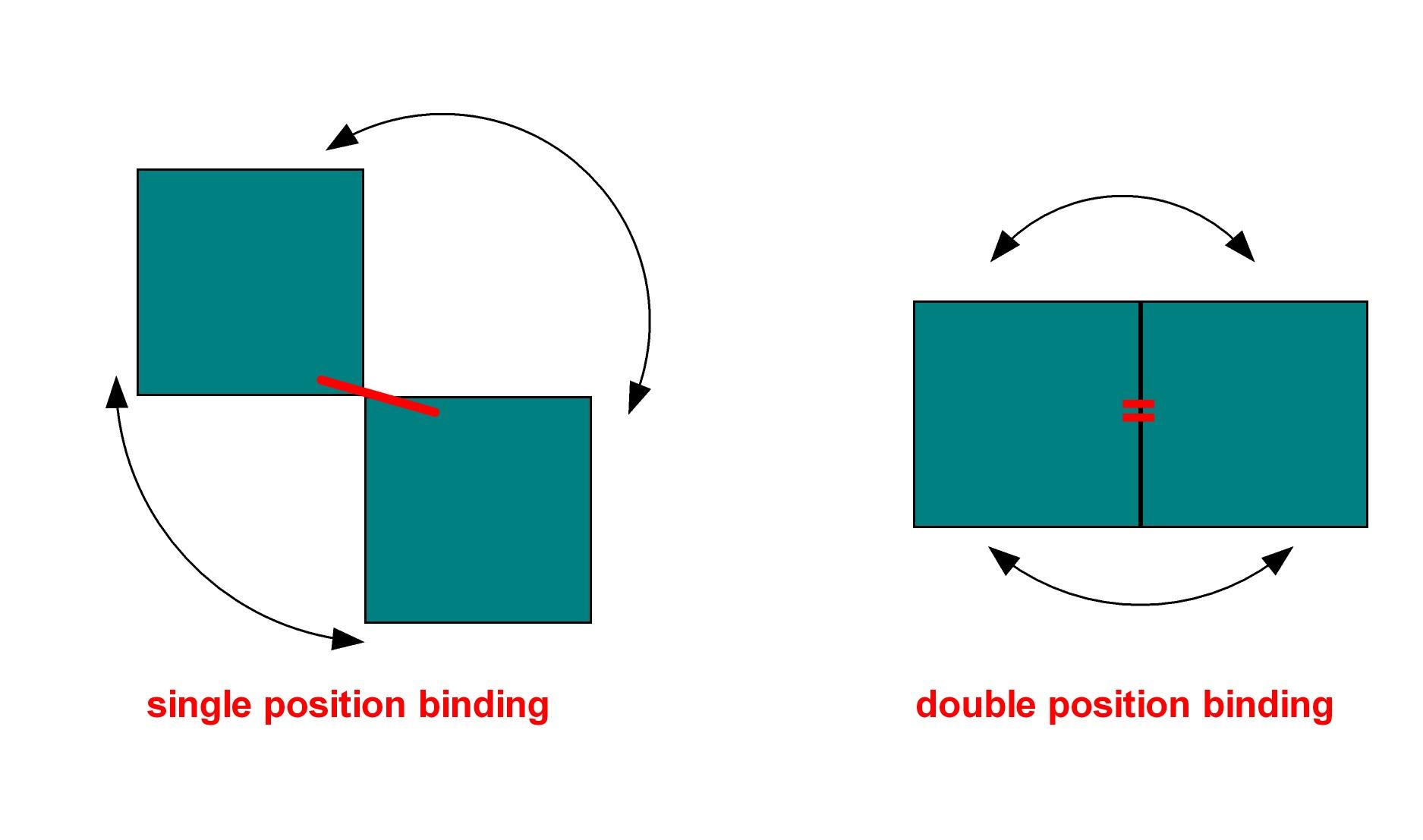
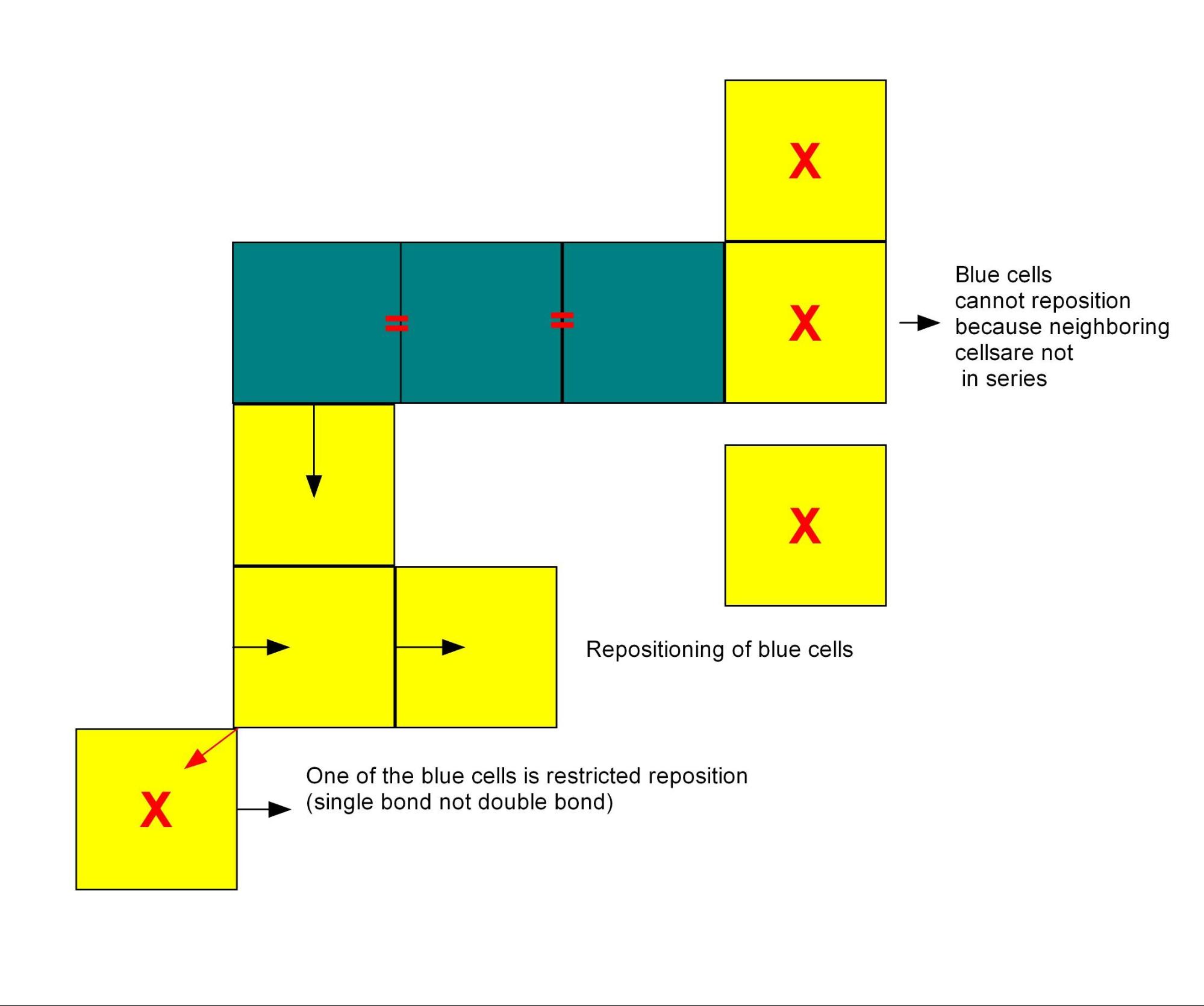
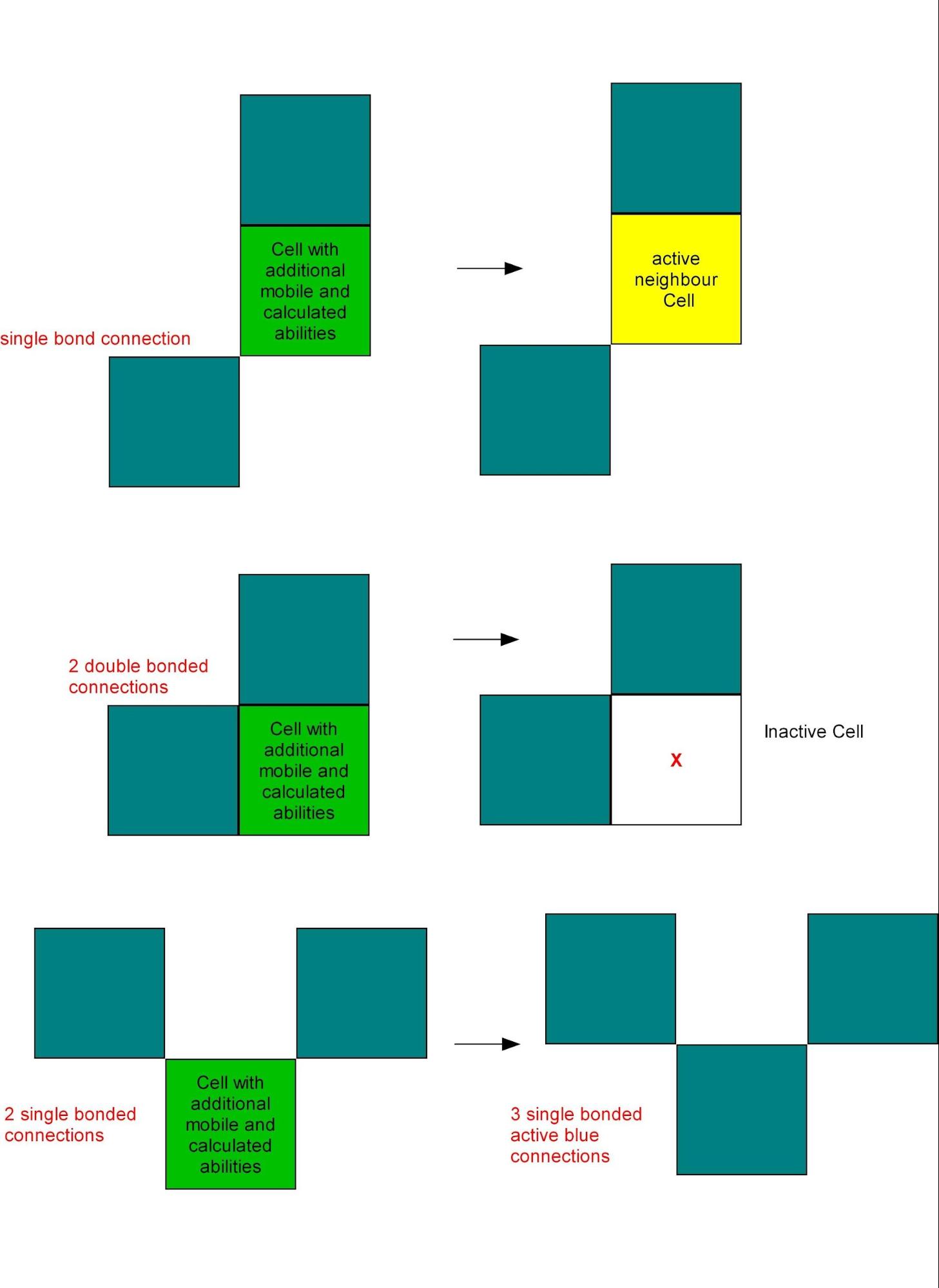
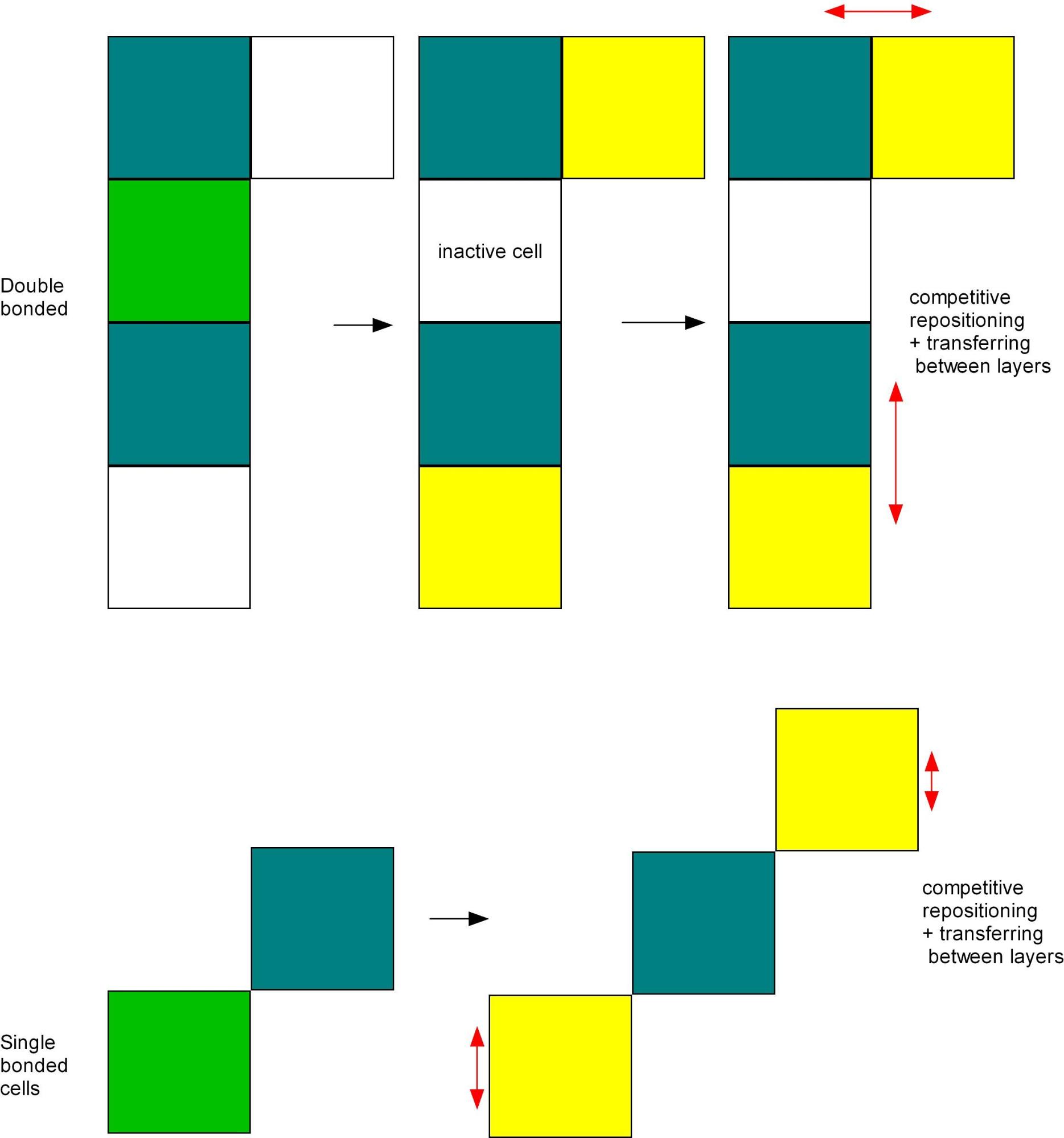
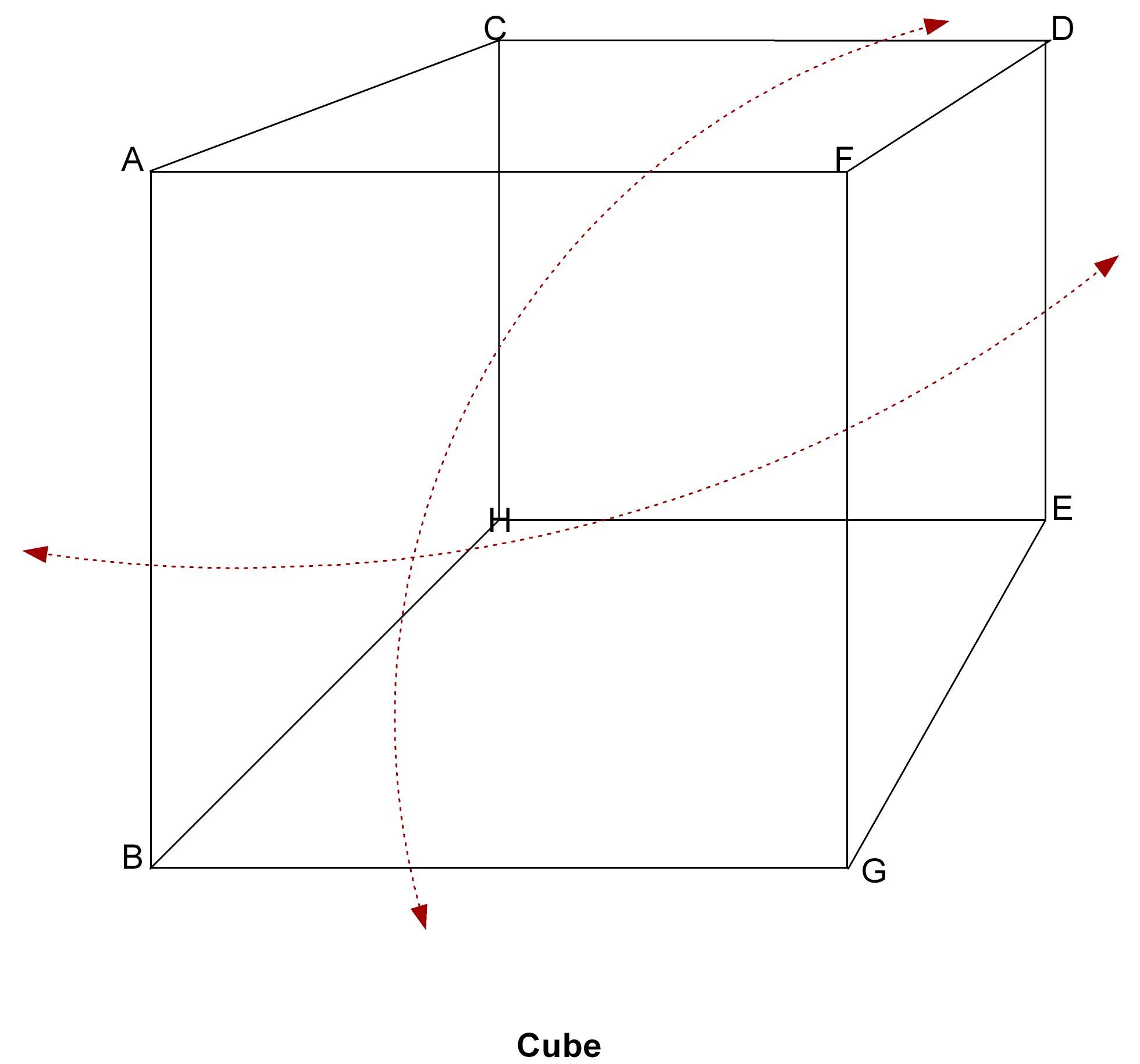
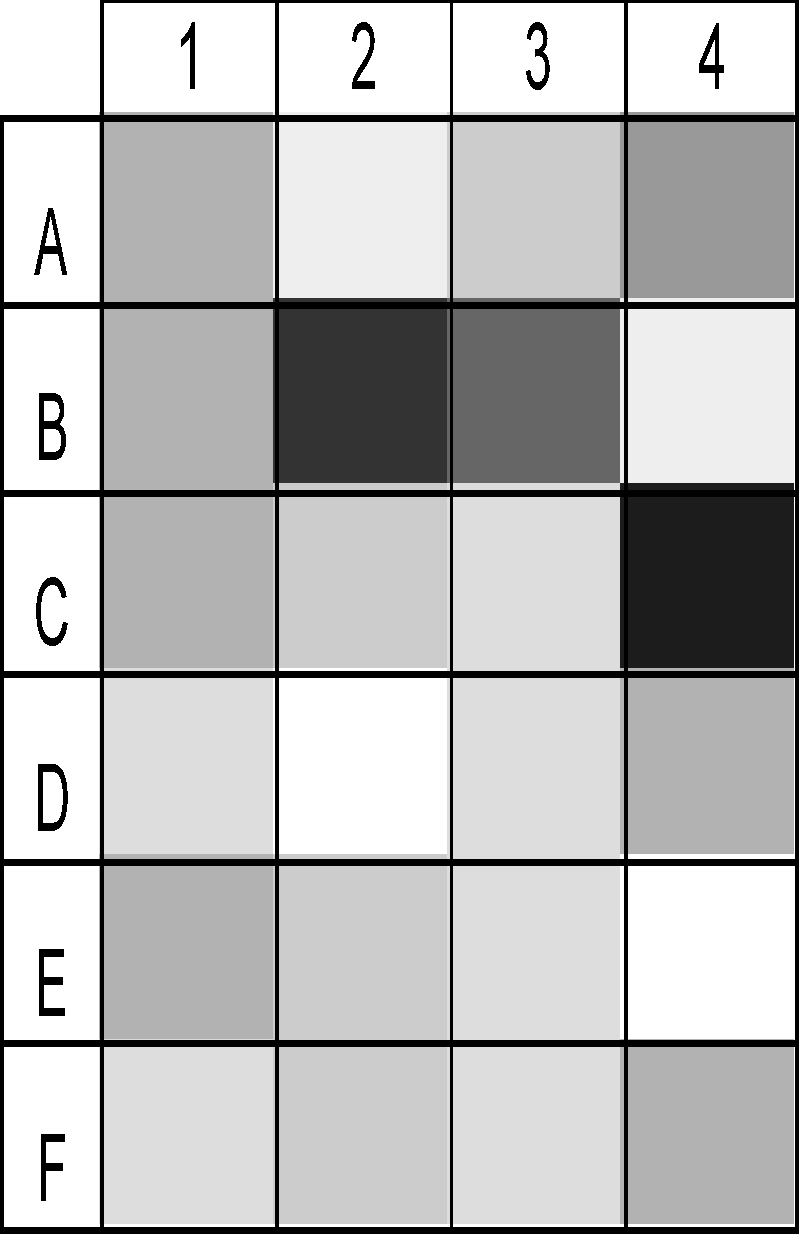

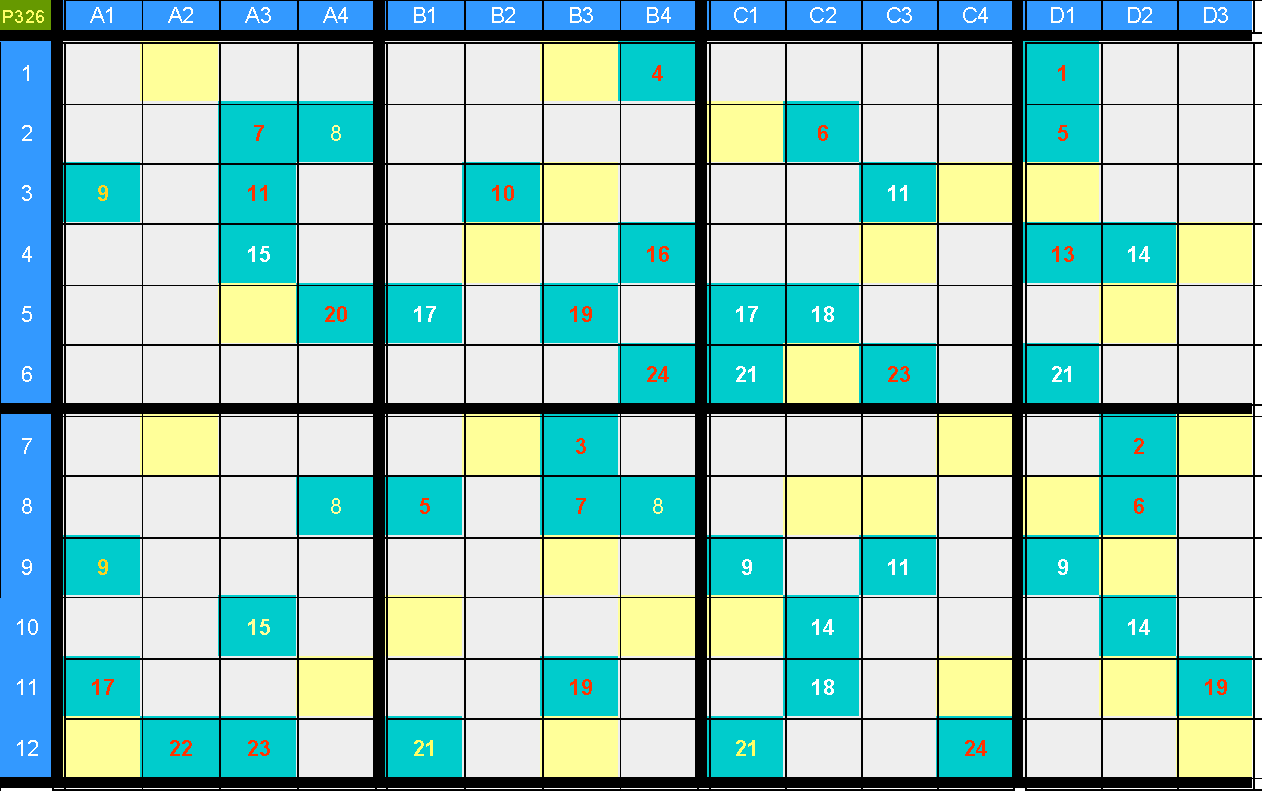
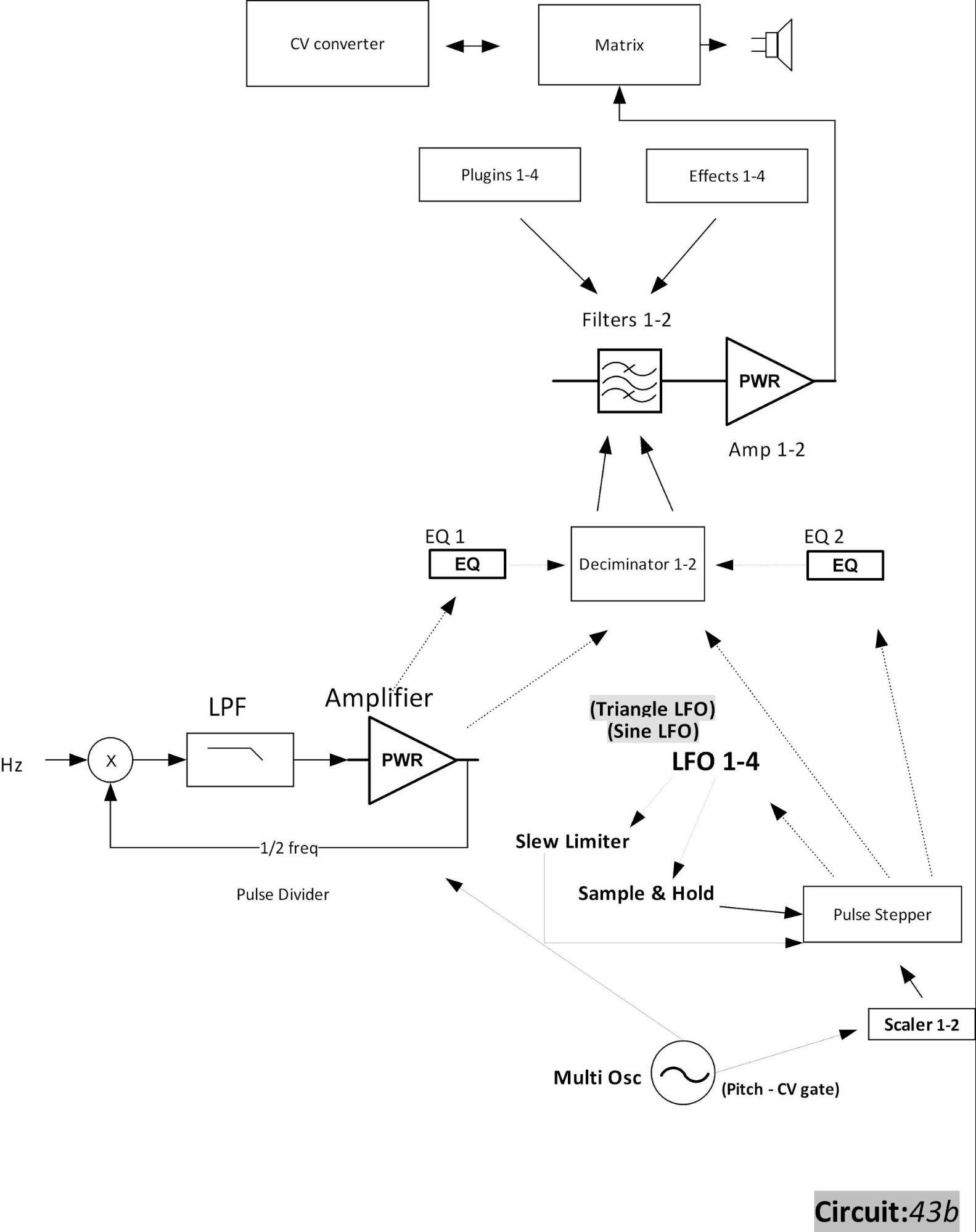
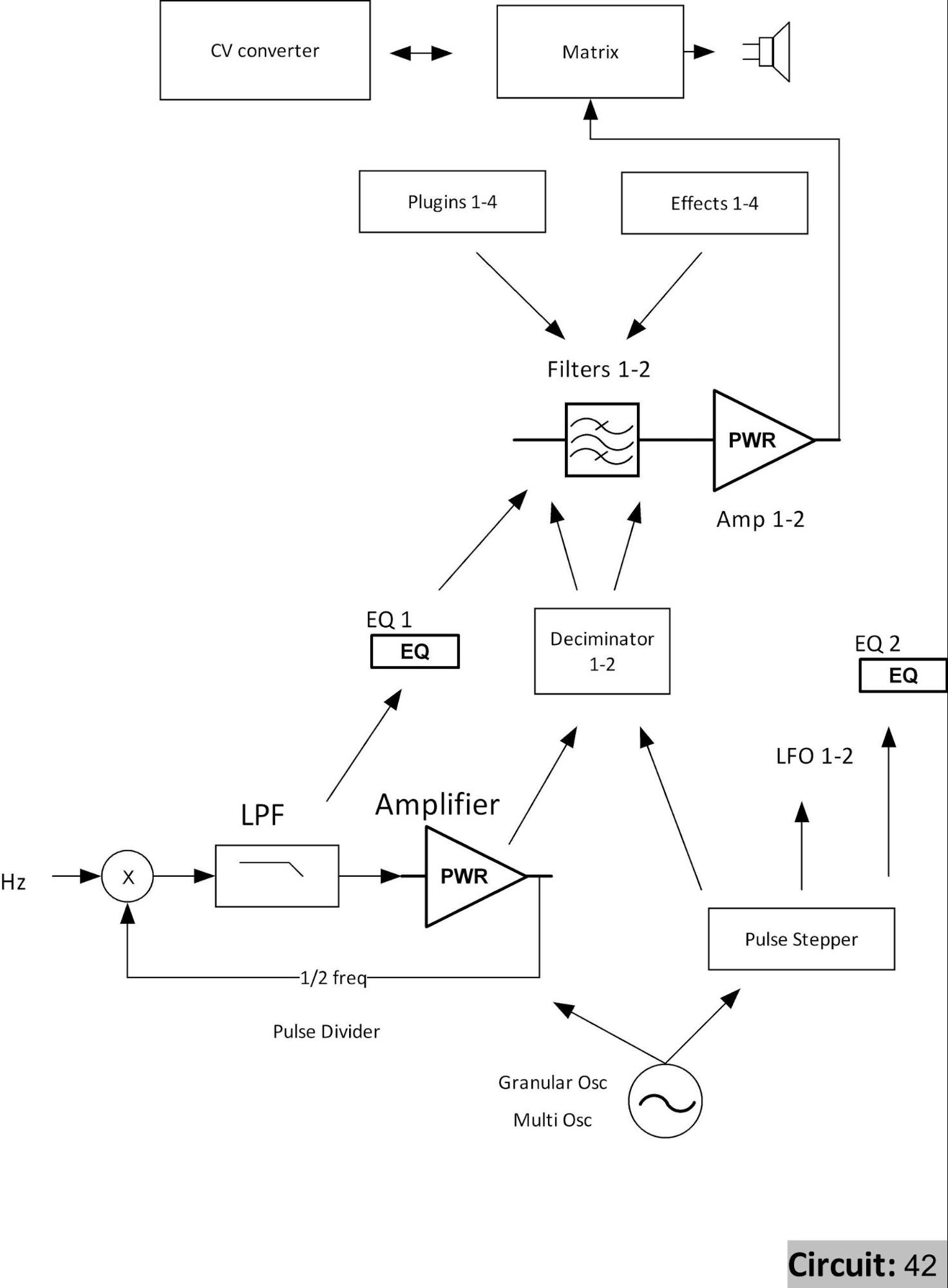
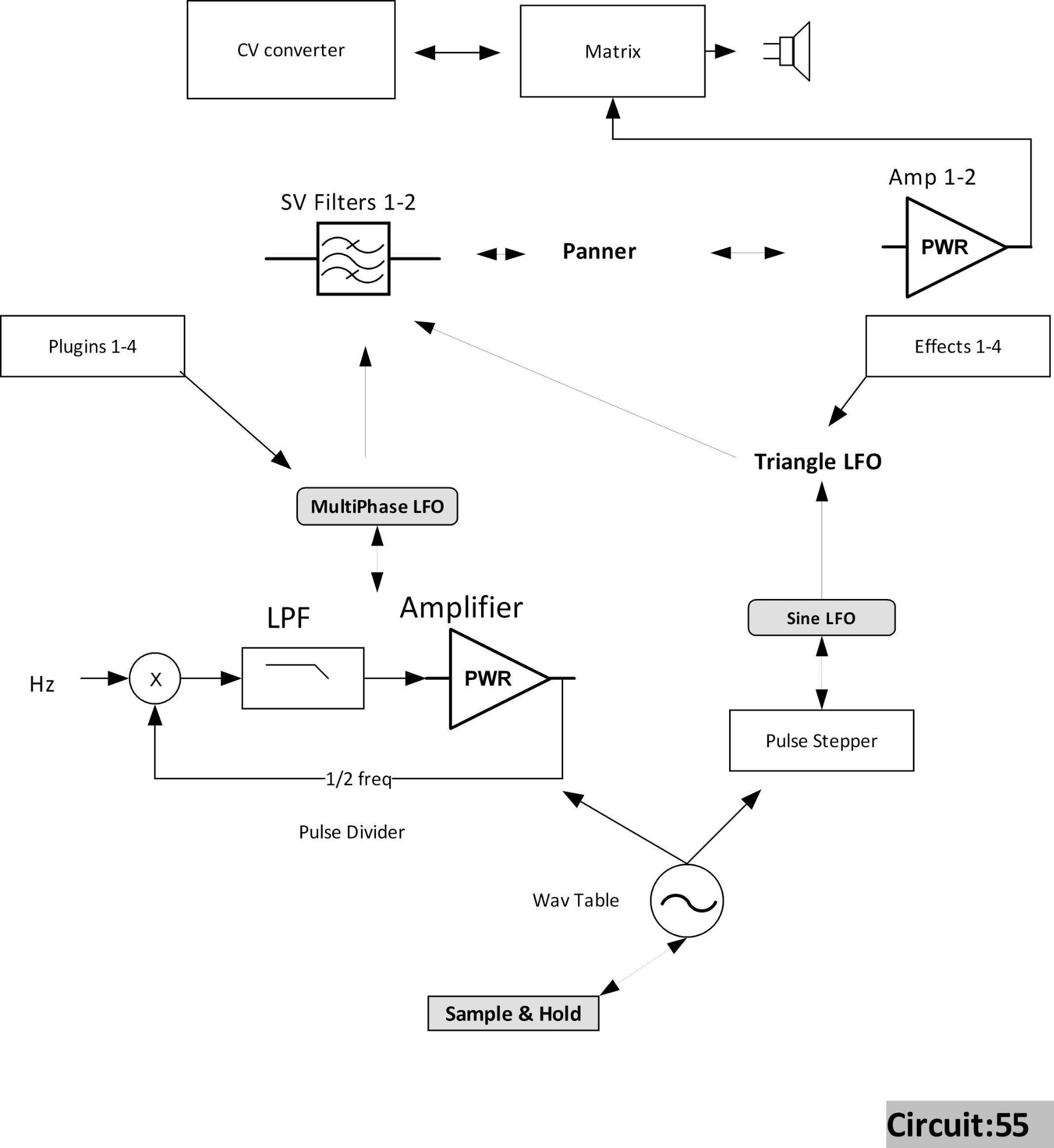
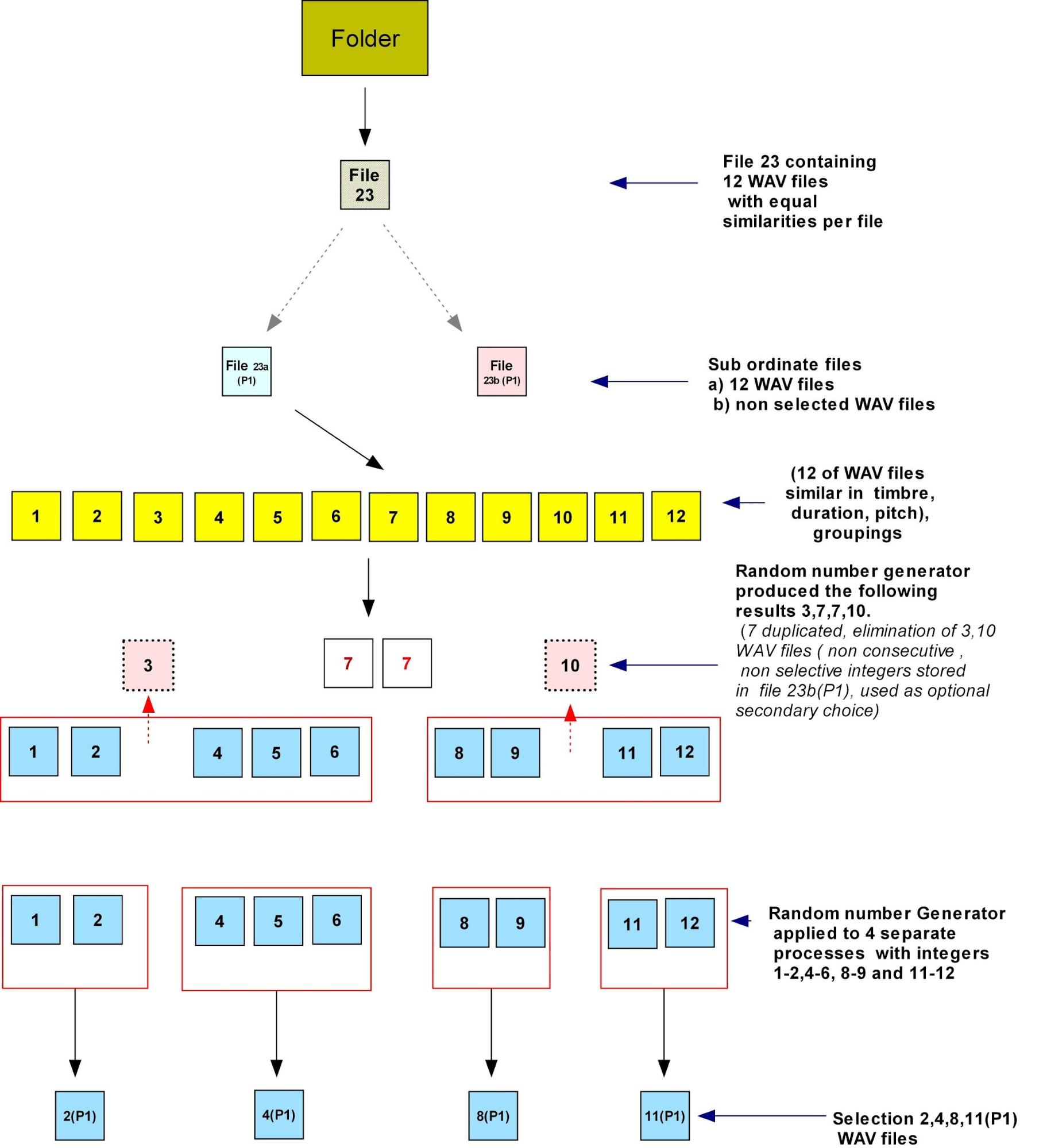
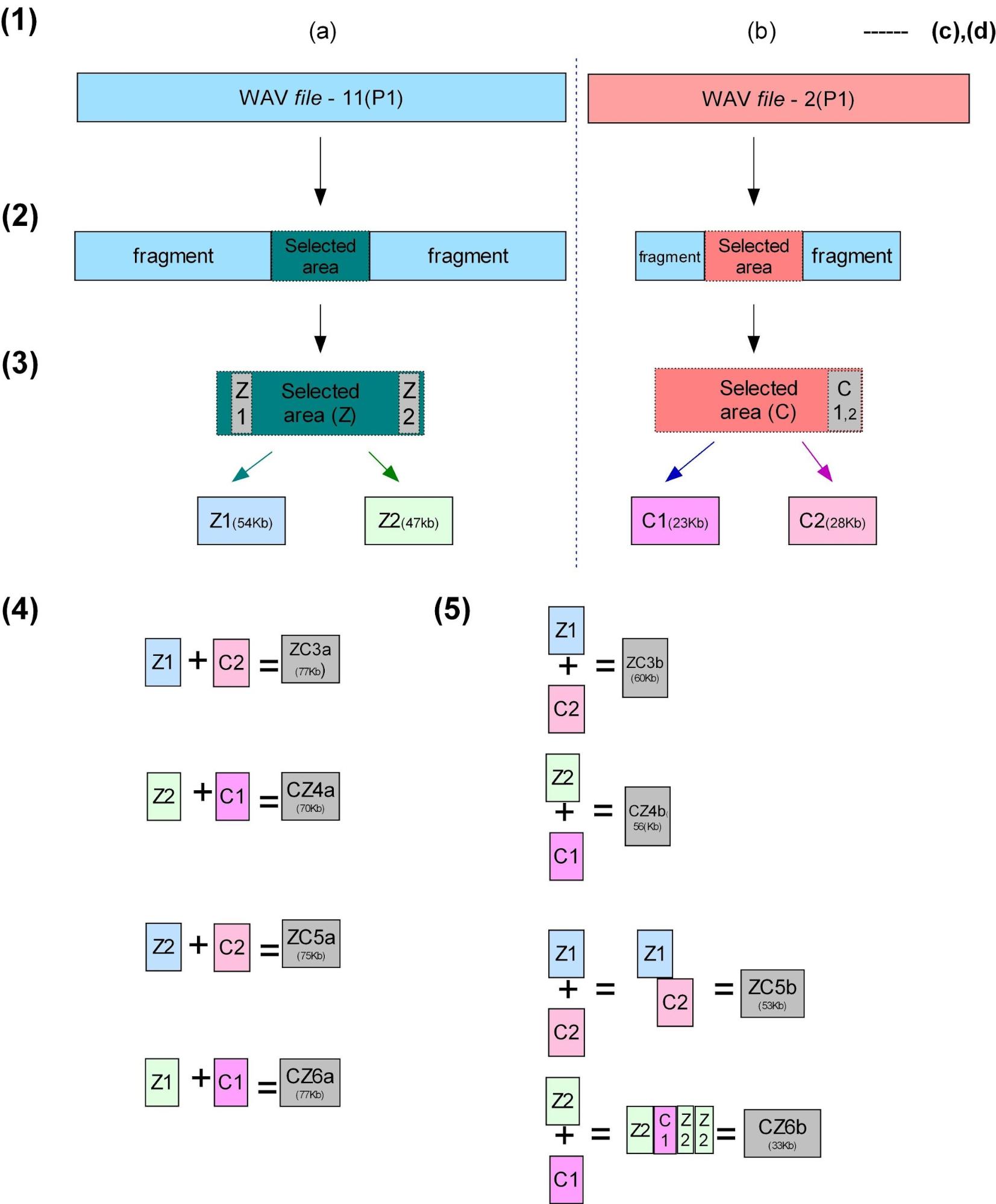


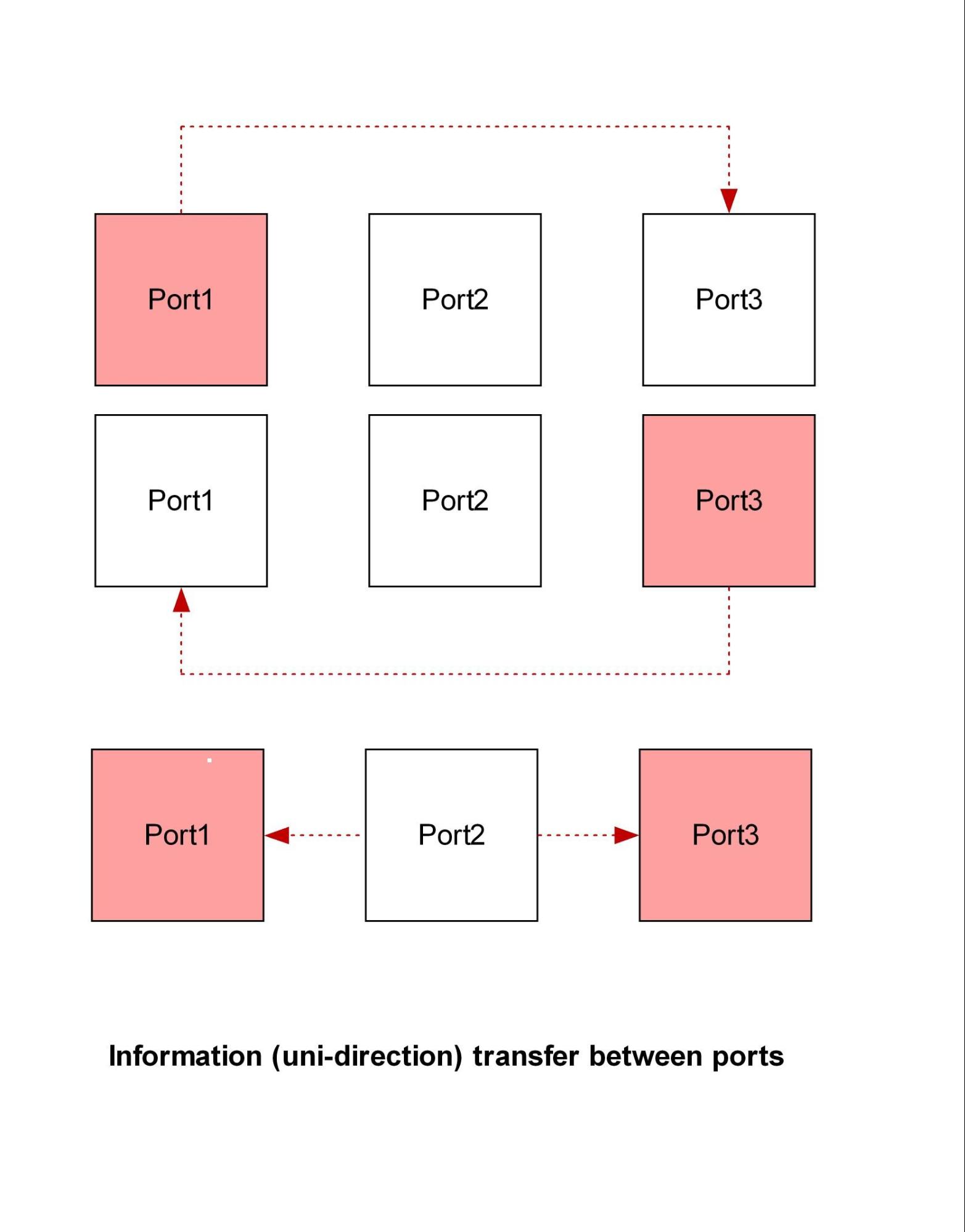
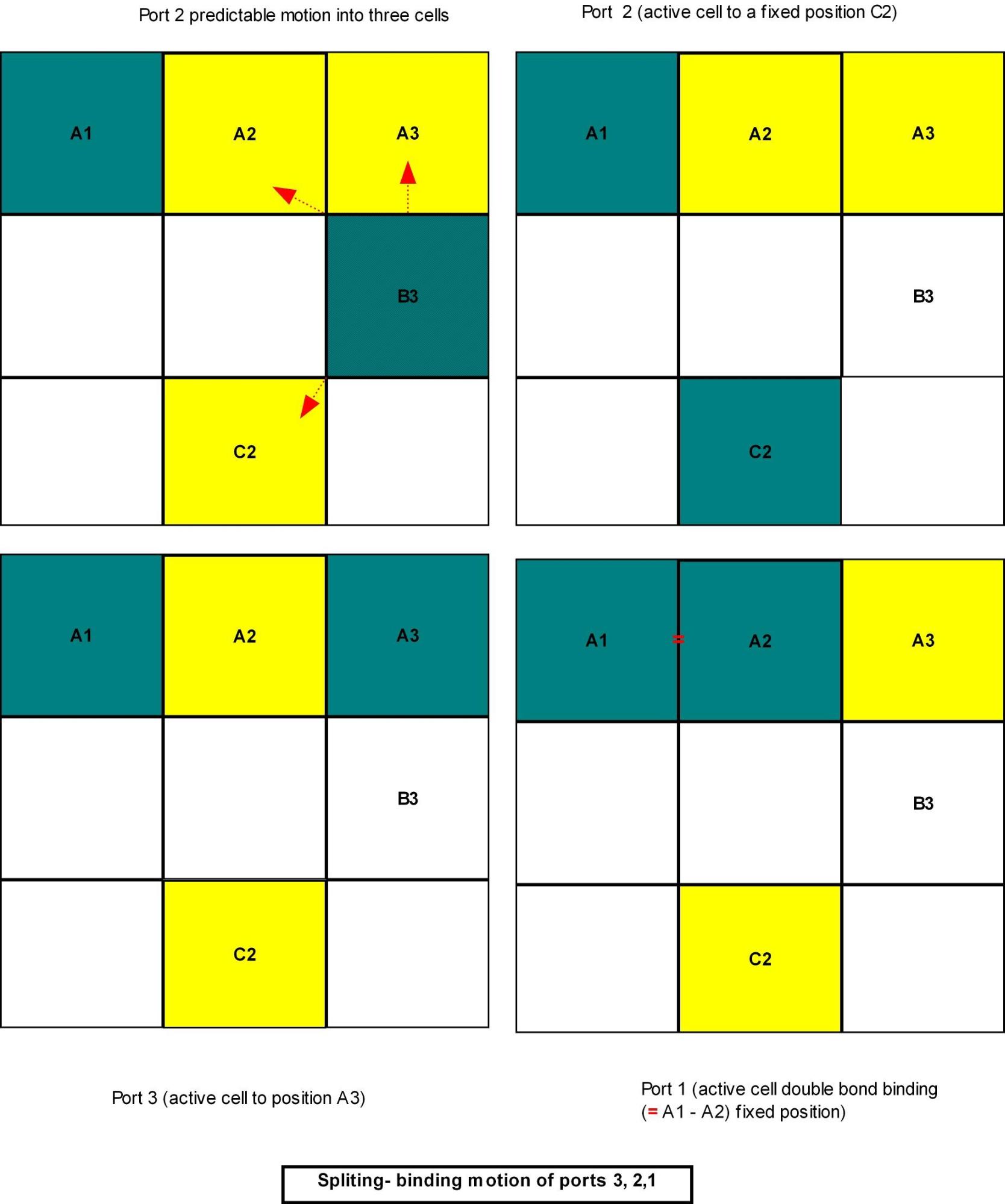
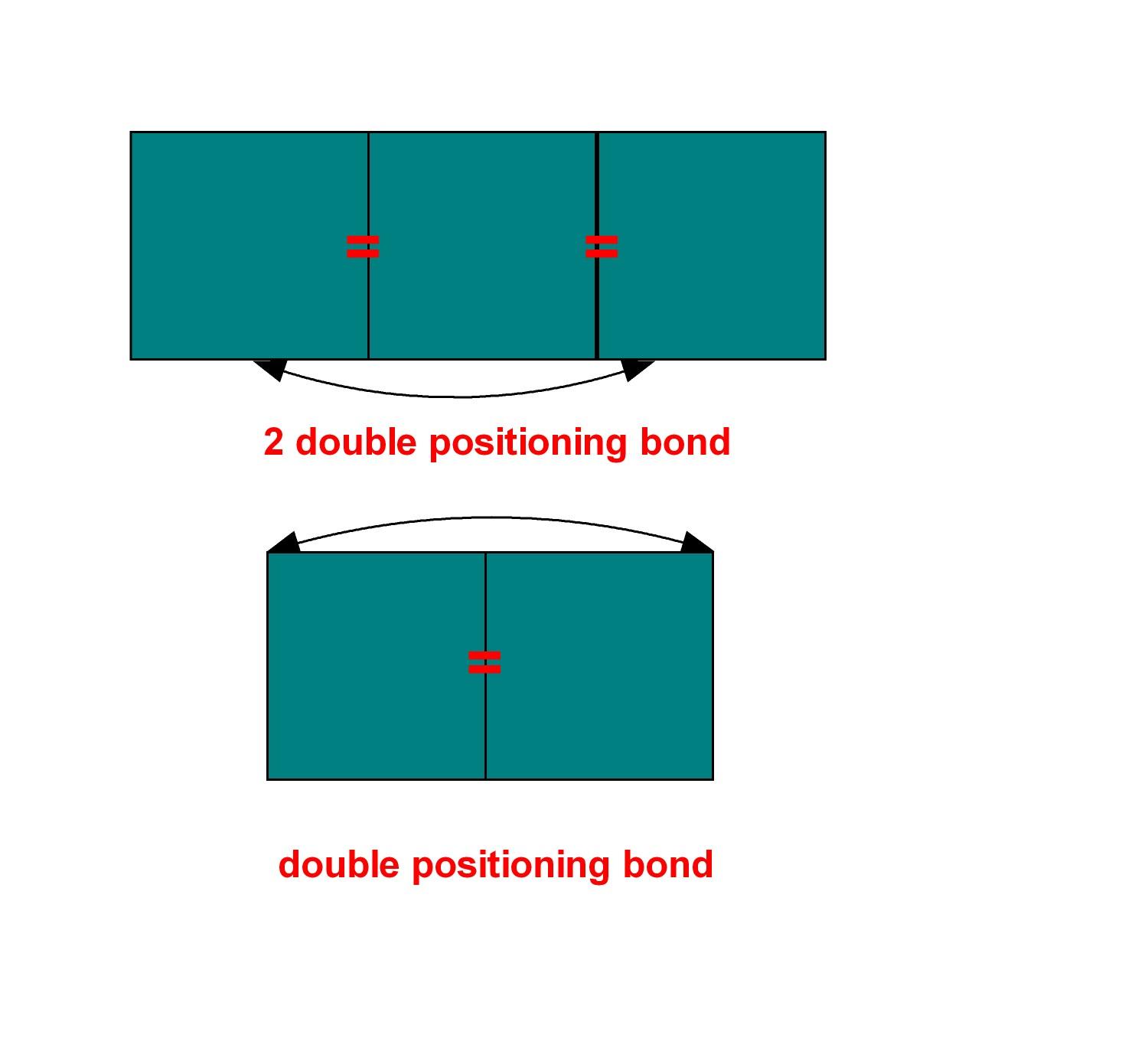
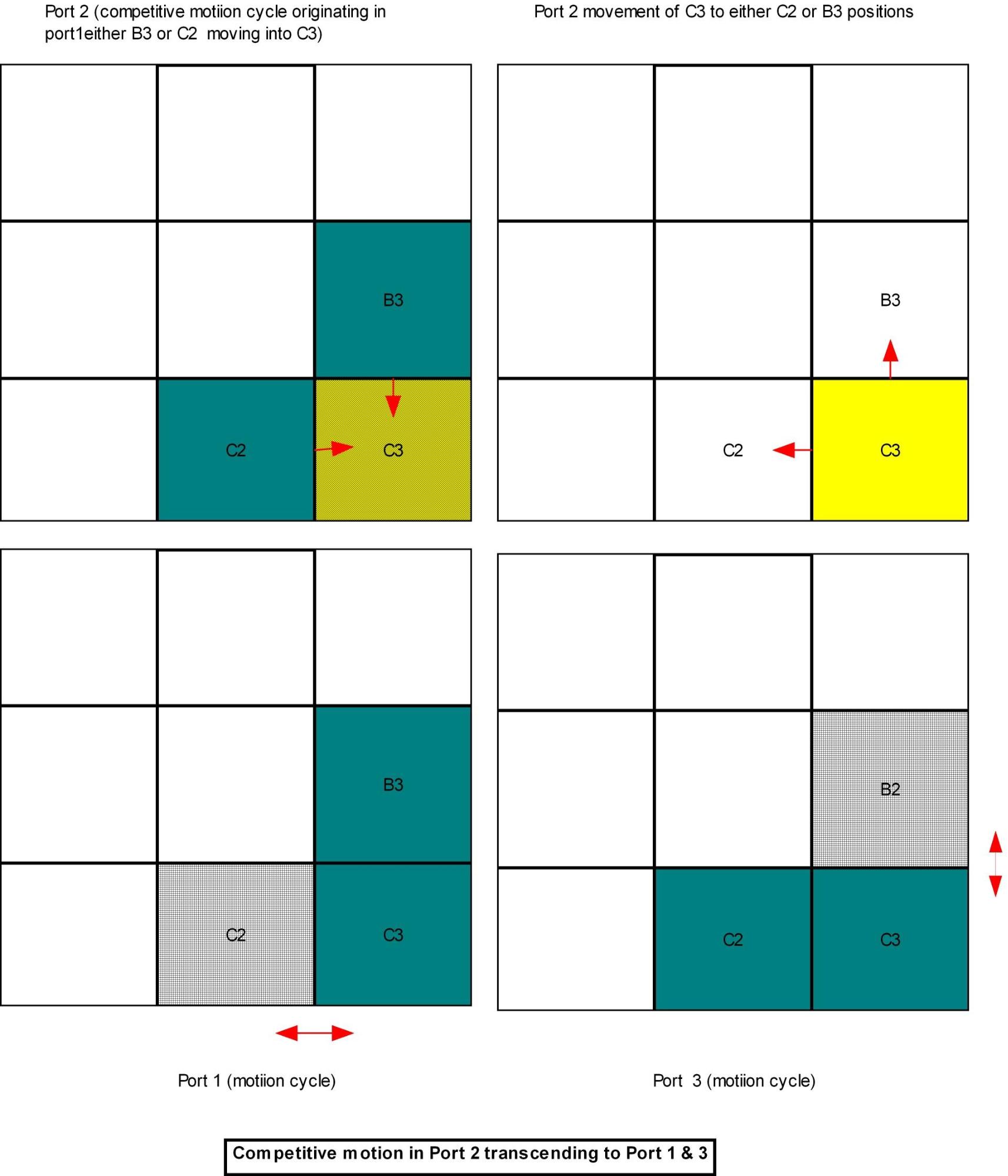




References (APA)
- Andringa, T. C., & Lanser, J. J. L. (2013). How pleasant sounds promote and annoying sounds impede health: A cognitive approach. International Journal of Environmental Research and Public Health, 10(4), 1439–1461. https://doi.org/10.3390/ijerph10041439
- Axelsson, Ö., Nilsson, M. E., & Berglund, B. (2010). A principal components model of soundscape perception. The Journal of the Acoustical Society of America, 128(5), 2836–2846. https://doi.org/10.1121/1.3493436
- Berg, J. M., Stryer, L., Tymoczko, J. L., & Gatto, G. J. (2015). Biochemistry (8th ed.). W. H. Freeman.
- Beznea, L., Deaconu, M., & Lupascu, O. (2015). Branching processes for the fragmentation equation. Stochastic Processes and their Applications, 125(5), 1861–1885. https://doi.org/10.1016/j.spa.2014.12.006
- Dewdney, A. K. (1989, August). A cellular universe of debris, droplets, defects and demons. Scientific American, 261(2), 102–105.
- Fersht, A. (2000). Structure and mechanism in protein science: A guide to enzyme catalysis and protein folding(3rd rev. ed.). W. H. Freeman.
- Hertz, J., Krogh, A., & Palmer, R. G. (1991). Introduction to the theory of neural computation. Addison-Wesley.
- International Organization for Standardization. (2018). Soundscape—Part 2: Data collection and reporting requirements (ISO/TS 12913-2:2018).
- Mercer University, Department of Physics. (n.d.). Kirchhoff’s Laws. Retrieved July 16, 2025, from https://physics.mercer.edu/labs/manuals/manualEMlab/Kirchhoff.pdf
- Osgood, C. E., Suci, G. J., & Tannenbaum, P. H. (1957). The measurement of meaning. University of Illinois Press.
- Perception of soundscapes: An interdisciplinary approach. (2013). Applied Acoustics, 74(2), 224–231.
- Russell, B. (1900). A critical exposition of the philosophy of Leibniz, with an appendix of leading passages. The University Press. http://archive.org/details/cu31924052172271
- Voet, D., & Voet, J. G. (2004). Biochemistry (3rd ed.). Prentice Hall.


